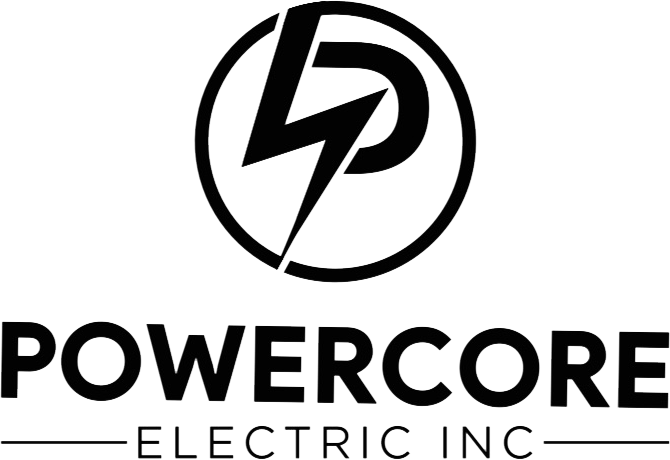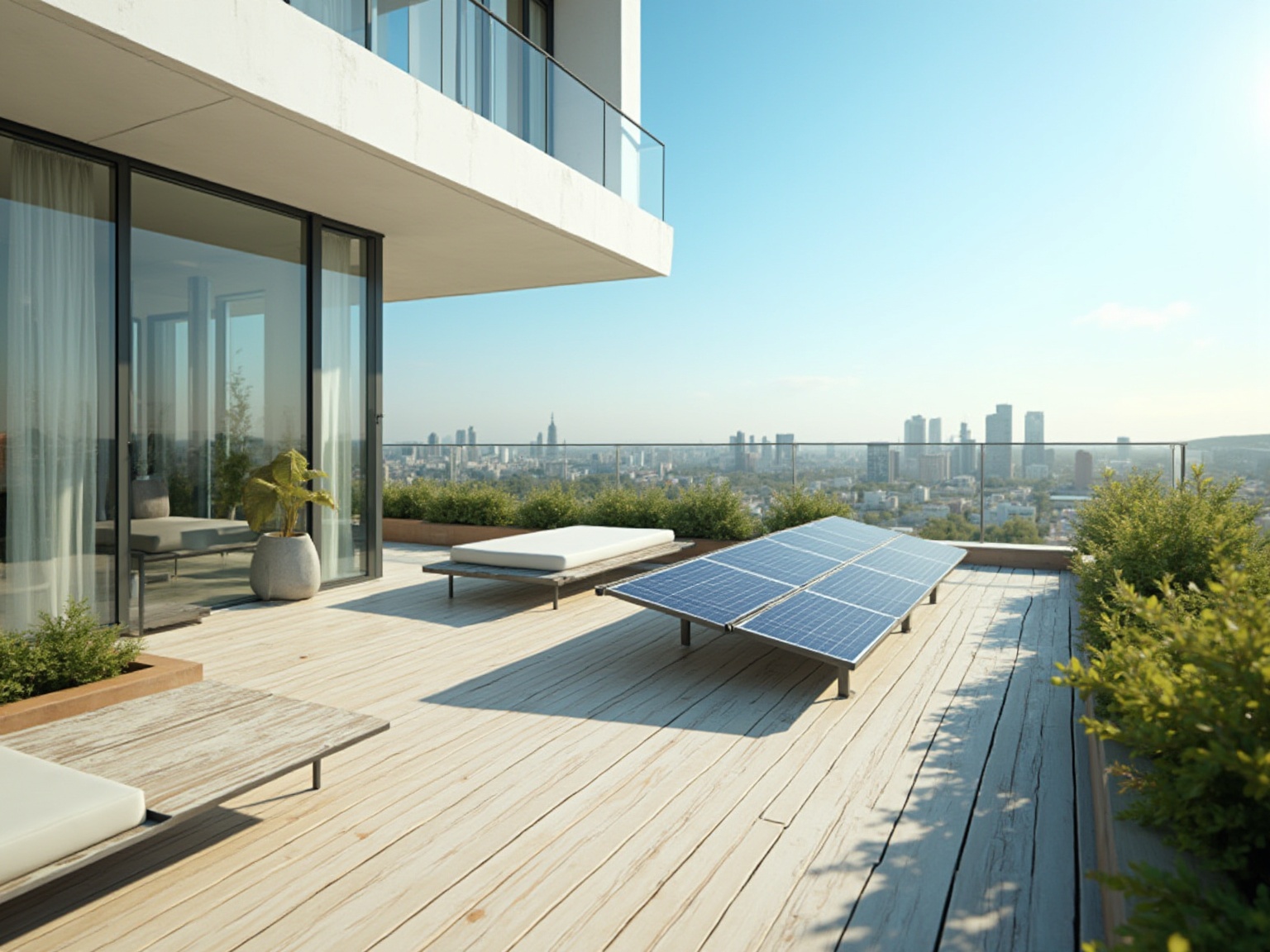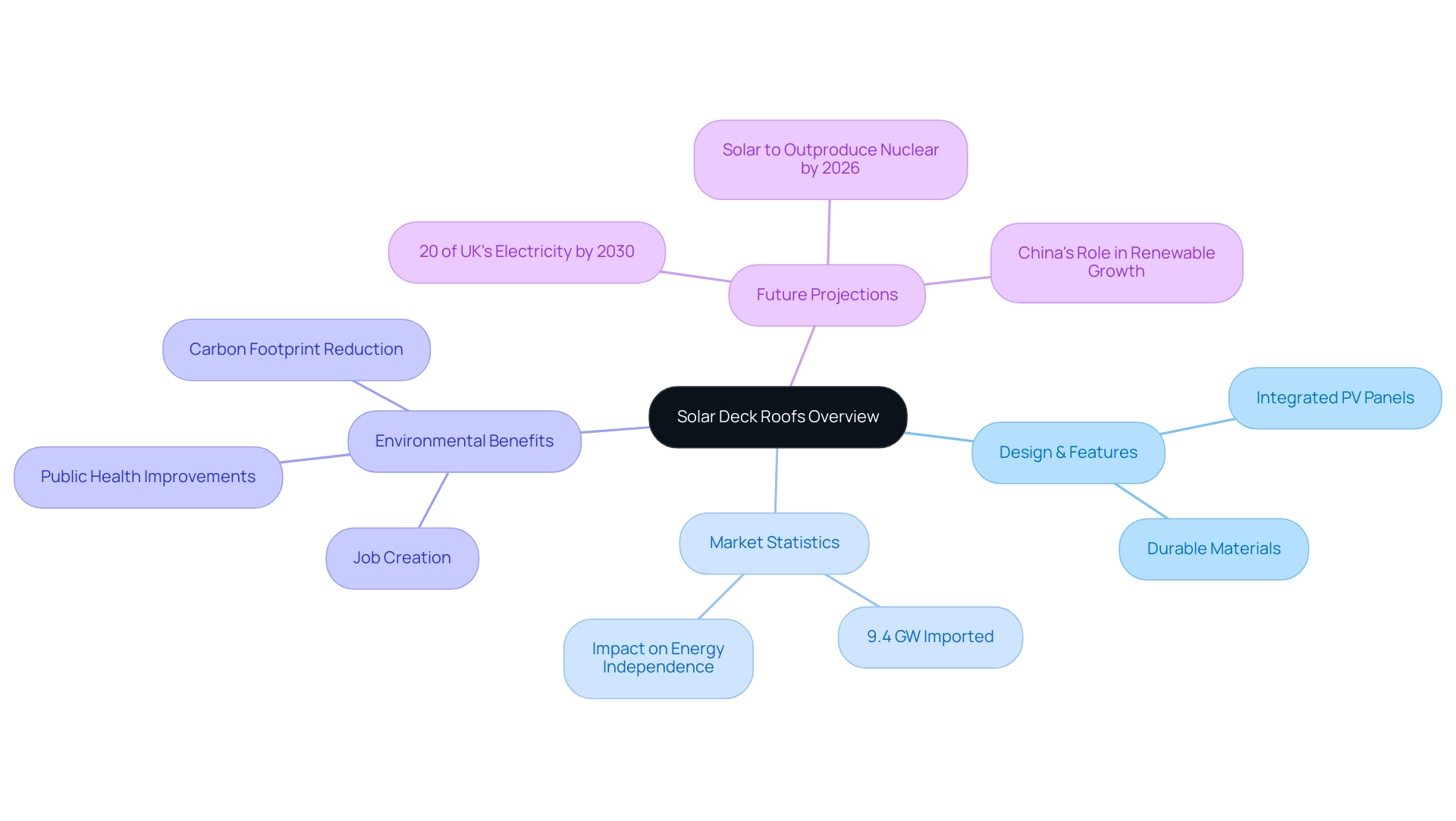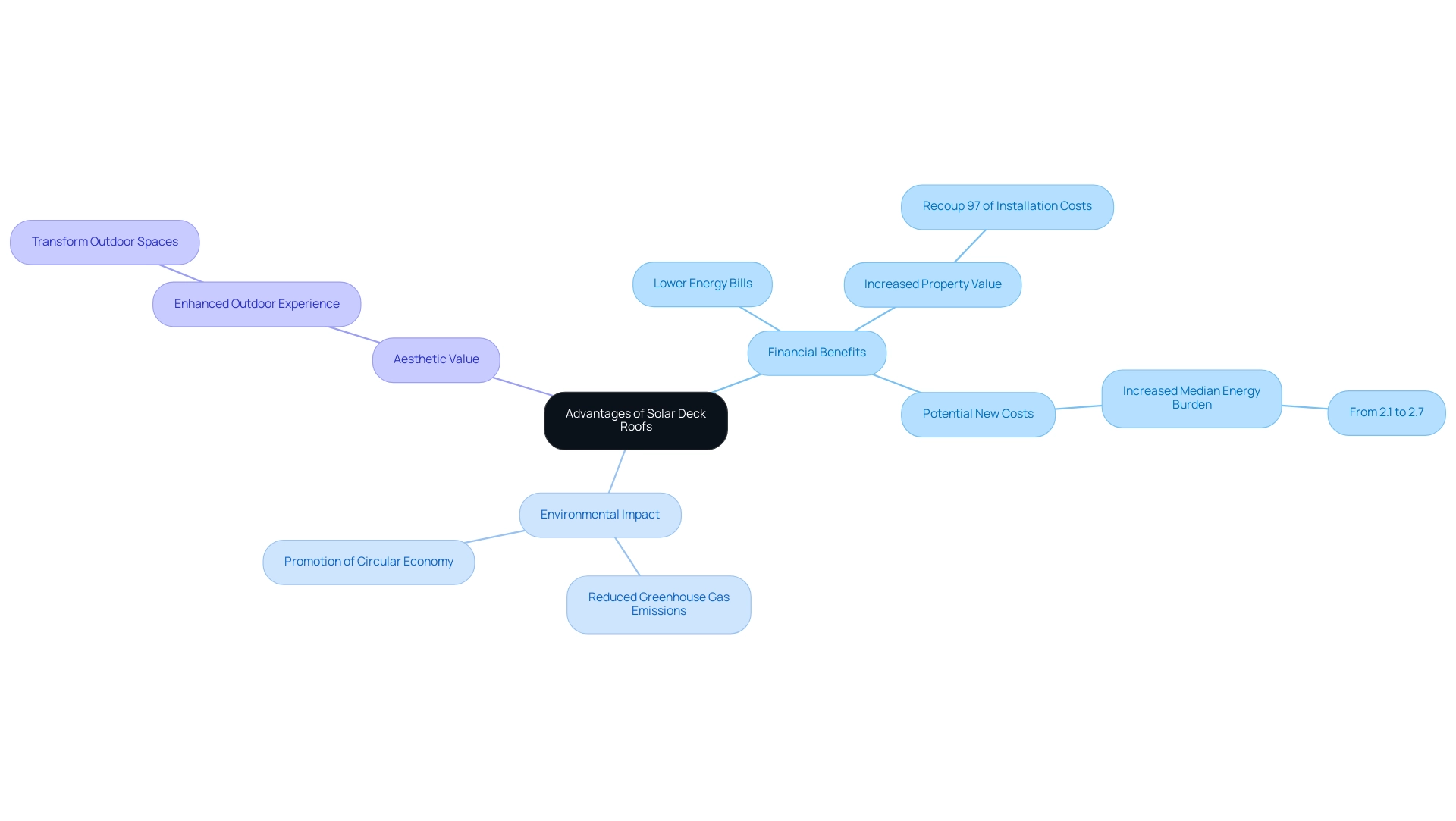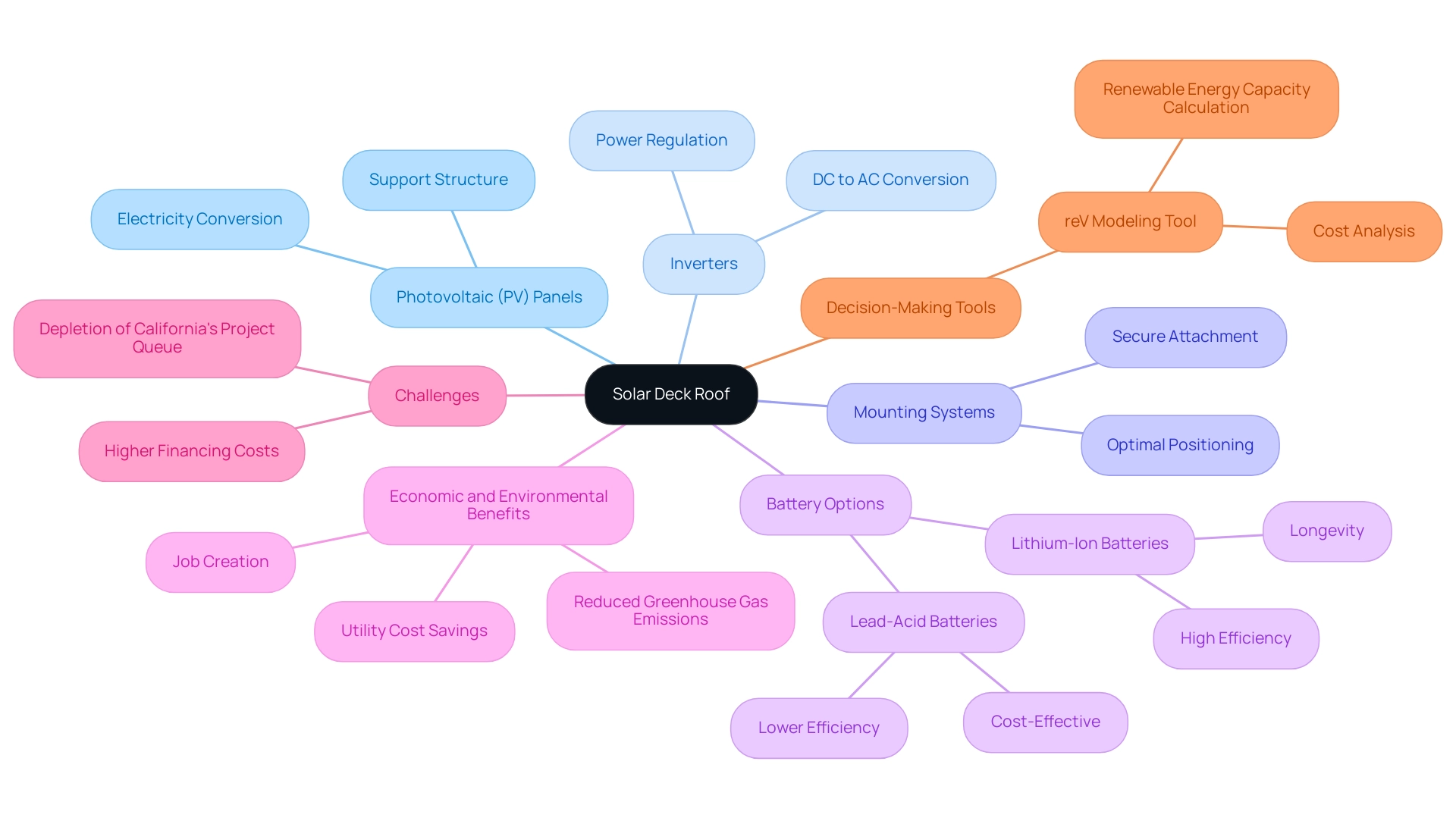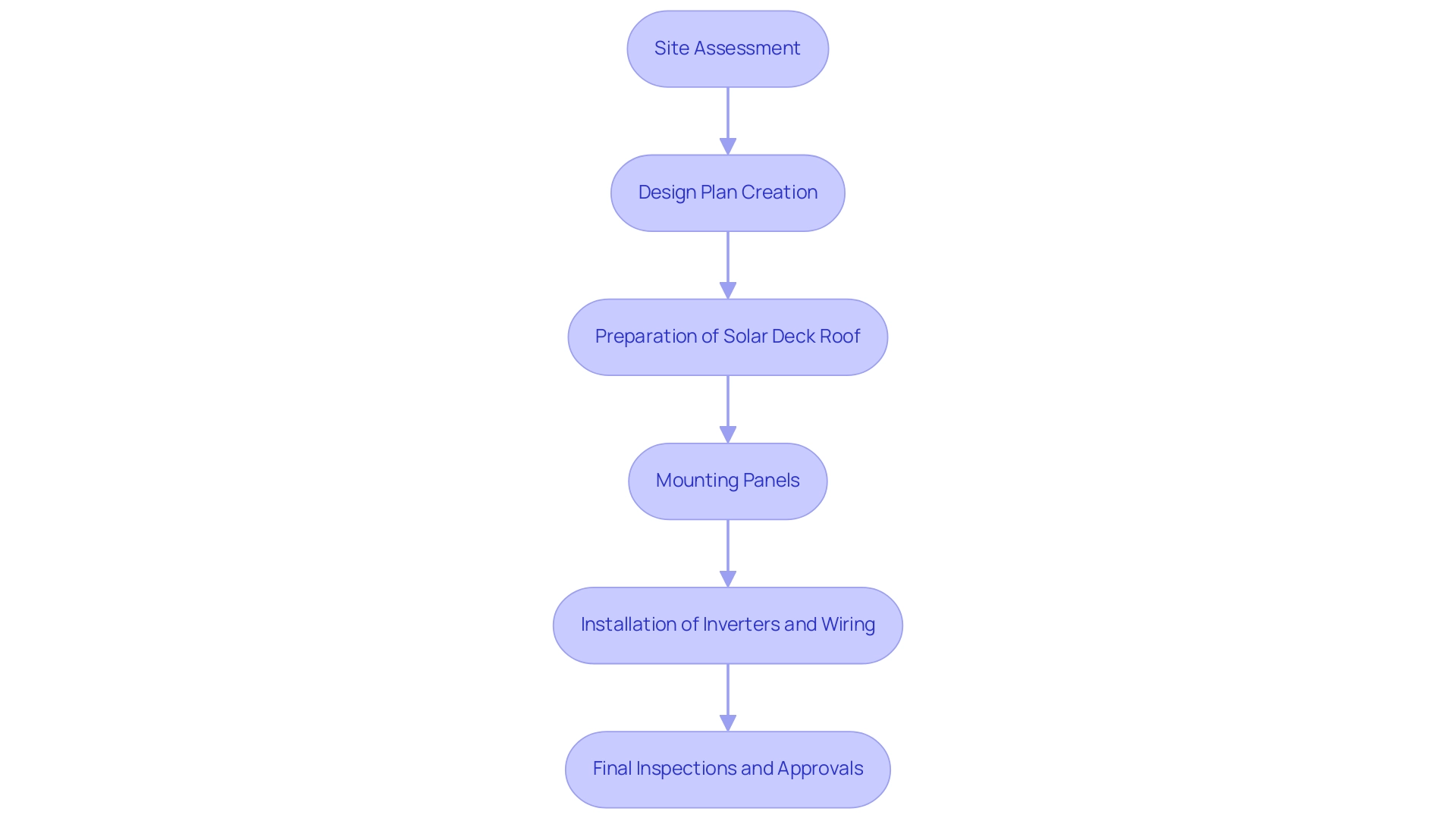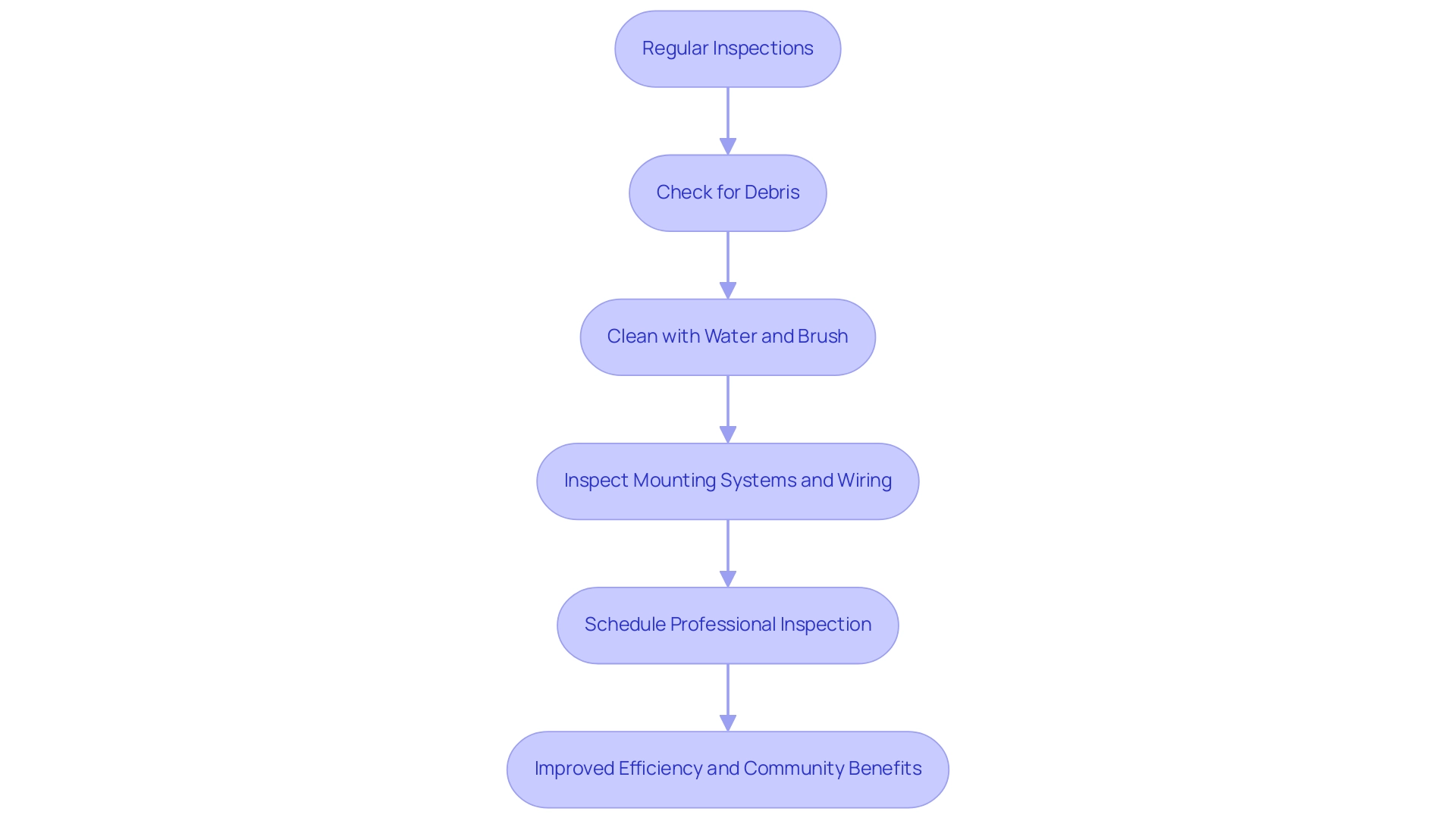Overview
A solar deck roof is an innovative roofing solution that integrates photovoltaic panels into the structure, allowing homeowners to generate renewable energy while enhancing their outdoor space. The article highlights that these roofs not only provide significant energy savings and increased property value but also contribute to environmental sustainability by reducing greenhouse gas emissions, making them an appealing option for eco-conscious homeowners.
Introduction
Imagine a deck that not only serves as a perfect spot for summer barbecues but also generates clean, renewable energy for your home. Solar deck roofs are revolutionizing outdoor spaces by seamlessly blending style and sustainability. These innovative structures integrate solar panels directly into the deck design, allowing homeowners to harness the sun’s energy while enjoying their outdoor oasis.
With the growing demand for solar technology and increasing awareness of environmental issues, solar deck roofs are becoming a smart investment for those looking to enhance their energy efficiency and reduce their carbon footprint.
As this article explores, the benefits extend beyond just energy savings; they encompass increased property value, aesthetic appeal, and a positive impact on the community and environment.
Dive into the world of solar deck roofs and discover how they can transform not only your home but also your approach to sustainable living.
Defining Solar Deck Roofs: An Overview
Picture converting your outdoor area into a hub of renewable energy—this is where sun-powered structures are relevant. More than just a stylish addition, a deck roof with integrated panels is an innovative roofing solution that seamlessly incorporates energy-generating units into the deck’s structure. This distinctive design enables you to appreciate your outdoor space while utilizing the sun’s power to supply your home.
As of October 28, 2024, over 9.4 GW of photovoltaic cells have been imported, reflecting the expanding market for renewable technology and its potential effect on independence in power. Crafted from durable materials designed to withstand various weather conditions, these structures feature photovoltaic (PV) panels that convert sunlight into usable electricity. By optimizing your space, deck roofs significantly improve your home’s power efficiency.
Moreover, initiatives for harnessing sunlight in Southern California, like the increase of sunlight-powered EV charging stations, emphasize the wider advantages of renewable resource adoption, including job creation and enhanced public health results. According to specialists, by 2030, sunlight power could represent as much as 20% of the UK’s total electricity production, with forecasts suggesting that this form of power will produce more electricity than nuclear by 2026. For eco-aware homeowners keen to reduce their carbon footprint while enjoying their outdoor space, photovoltaic coverings represent a persuasive and sustainable option, aiding in job creation and fostering a healthier environment while also shielding against the fluctuations of power expenses and encouraging fair access to renewable resources.
The Advantages of Installing a Solar Deck Roof
Installing a solar deck roof offers numerous advantages, especially for environmentally aware homeowners who are eager to optimize their investment in renewable resources. One of the most compelling advantages is the potential for substantial resource savings. By generating electricity directly from sunlight, homeowners can power their household appliances, significantly reducing reliance on the grid.
This not only leads to lower energy bills but also enhances overall energy independence. Furthermore, homes equipped with renewable energy solutions are increasingly appealing to potential buyers. As mentioned by Jonathon Jachura, ‘Forbes discovered that, on average, homeowners recover about 97% of their original installation expenses when selling their properties.’
This statistic highlights the investment potential of photovoltaic installations. However, it’s essential to consider the broader financial implications; in the South, rooftop renewable energy has increased the median energy burden from 2.1% to 2.7%, indicating that while such energy sources can reduce bills, they may also impose new costs. Additionally, a recent report indicates a 4% decline in residential energy installations in Q3 2024, attributed to high electricity bills and changes in California’s net metering rules, highlighting ongoing market challenges.
Yet, the allure of sun-powered structures extends beyond financial savings—they play a significant role in environmental sustainability by reducing greenhouse gas emissions, perfectly aligning with the growing eco-conscious mindset of today’s homeowners. For example, a case study involving a family in Southern California demonstrated that their photovoltaic installation resulted in a 30% decrease in yearly expenses, highlighting the concrete advantages of such investments. Beyond functionality, a well-crafted structure can transform outdoor spaces into attractive areas for family gatherings or tranquil retreats.
As we near 2024, the benefits of solar deck roofs become even more evident, offering a combination of efficiency, increased property value, and an enhanced outdoor experience, all backed by Powercore Electric’s local knowledge and commitment to quality workmanship. Satisfied customers have praised Powercore Electric, with one homeowner stating, ‘The installation process was seamless, and our energy bills have never been lower!
Key Components of a Solar Deck Roof
A solar rooftop is composed of several essential components that work together to harness the power of the sun effectively. At the heart of this system are the photovoltaic (PV) panels, which convert sunlight into usable electricity. These panels are incorporated into a thoughtfully designed solar deck roof platform structure that not only supports their weight but also ensures proper drainage and ventilation, keeping everything in good working order.
Inverters play a crucial role as they convert the direct current (DC) produced by the panels into alternating current (AC), making it appropriate for your home’s power requirements. And let’s not forget about the mounting systems—they securely attach the panels to the solar deck roof, ensuring they’re optimally positioned to soak in as much sunlight as possible. Together, these components create a harmonious system that maximizes power generation while remaining functional and dependable.
Furthermore, comprehending your home’s renewable power requirements is essential for choosing the appropriate panel inverters and battery alternatives to store that power effectively. When considering battery choices, options like lithium-ion batteries are recommended for their high efficiency and longevity, while lead-acid batteries can be a more cost-effective solution for those on a budget. It’s also important to highlight the economic and environmental benefits of heating systems; they can save homeowners significant utility costs, create jobs, and reduce greenhouse gas emissions—making them a choice that supports both your wallet and the planet.
High-efficiency systems can lead to operational cost savings of up to 30% over time, with metrics indicating that they can decrease power usage by as much as 50% compared to traditional systems. However, it’s important to note that recent challenges, such as the depletion of California’s project queue and higher financing costs, have impacted residential installations in early 2024. This could affect your decision-making process.
As Brian, a former roofer, insightfully puts it, ‘I roofed one summer (bad part of the year) during school for extra cash. It’s hard work, picking up boxes of tiles and keeping your balance.’ His perspective highlights the physical demands of roofing work.
Tools like the reV Modeling Tool can empower homeowners to make informed decisions regarding renewable energy projects by analyzing grid infrastructure and land-use characteristics, setting the stage for a sustainable future.
Installation Process of a Solar Deck Roof
Installing a solar deck roof is an exciting journey that usually progresses through several key steps designed for environmentally aware homeowners. First up is a detailed site assessment, where professionals evaluate the structure’s integrity and the amount of sunlight it receives—this initial evaluation is crucial for ensuring that your energy system, which typically ranges from 6 to 10 kW for most homes, will function optimally.
Next, a design plan is crafted, outlining the layout of the photovoltaic (PV) panels and the necessary components for the solar deck roof. This plan may also incorporate advanced options such as Tesla home chargers and considerations for energy efficiency integration. Once you approve the design, the installation team begins preparing the solar deck roof, which may involve strengthening it to support the new equipment.
After the groundwork is laid, the team mounts the panels with care, followed by the installation of inverters and wiring to connect your new system to your home’s electrical grid. It’s a well-coordinated process, but there’s a bit of a waiting game involved. As Bryce Bruncati from 8MSolar notes, ‘Sometimes the customer is the biggest holdup’; this highlights the importance of being patient while approvals and inspections take place.
Homeowners should anticipate the actual installation of panels to take one to three days, depending on the project’s complexity. However, keep in mind that final inspections and approvals from utility companies can add extra time—sometimes days or even weeks—before your system is fully operational. Furthermore, with recent reports showing a 4% decrease in residential installations due to factors such as elevated electricity expenses and financing costs, being ready for these possible delays can enhance your experience during the shift to renewable power.
Moreover, it’s essential to consider the economic and environmental benefits of sunlight heating systems, which include both active and passive solutions. Active systems can provide significant savings on energy bills, while passive systems enhance energy efficiency through design strategies. Additionally, examining the advantages and disadvantages of panel shingles can assist in making informed choices.
Remember to explore available government programs that can assist in financing and maximizing the economic and environmental advantages of heating systems.
Maintenance and Care for Solar Deck Roofs
Caring for your solar deck roof is a manageable task that can lead to long-lasting benefits. Regular inspections and cleaning are key components of effective maintenance. Homeowners should make it a habit to check for debris accumulation on their solar deck roof, as even small amounts of dust, dirt, leaves, or bird droppings can significantly hinder the roof’s efficiency.
A simple cleaning with water and a soft brush is typically all that’s needed to keep the panels sparkling and fully functional. Remember, maintaining clean surfaces not only enhances efficiency but also supports your goal of a sustainable home that features a solar deck roof. It’s also wise to inspect the mounting systems and wiring for signs of wear or damage—staying proactive can save you headaches down the road.
Incorporating insights from the US EPA’s Heat Island Mitigation program, maintaining your photovoltaic system not only boosts energy efficiency but also contributes to urban cooling and improved air quality, showcasing the broader community benefits of renewable energy. Scheduling a professional inspection of the solar deck roof at least once a year ensures you catch any potential issues early on and helps your system operate at peak performance. Denis Tchernov from Commercial Flat Roofing in Massachusetts reminds us,
“To gain access to all the potential benefits of the material, it is better to select the correct membrane considering the operating conditions and properly install, maintain, and repair it by seeking professional services.”
This emphasizes the significance of involving experts for maintenance tasks, especially for your solar deck roof, to maximize the longevity and efficiency of your energy system.
Furthermore, the case study on solar deck roofs emphasizes that routine inspections and prompt repairs are crucial for prolonging their durability—a principle that is equally relevant to photovoltaic structures. Data indicates that the median loss rate for photovoltaic system performance is 0.75% per year, with 90% of systems encountering less than a 2% loss each year. Keeping these tips in mind, your energy-efficient deck can continue to provide dependable savings for years to come.
Plus, with the monetized health benefits from emissions reductions in places like Kansas City estimated between $35,500 and $80,500, it’s clear that maintaining your solar deck roof contributes positively not only to your home but also to the community!
Conclusion
Transforming outdoor spaces with solar deck roofs offers a unique blend of sustainability and style, making them an attractive option for homeowners. These innovative structures not only provide a functional outdoor area but also harness the sun’s energy, leading to significant energy savings and reduced reliance on the grid. As discussed, the integration of photovoltaic panels into the deck design enhances energy efficiency, offering a practical solution for eco-conscious individuals looking to minimize their carbon footprint.
The advantages of solar deck roofs extend beyond energy savings; they can also increase property value and contribute positively to the environment. With rising interest in renewable energy, homeowners can recoup a substantial portion of their investment when selling their homes, making solar deck roofs a smart financial choice. Additionally, the installation process, while requiring careful planning and execution, ultimately leads to a beautiful outdoor space that can be enjoyed for years to come.
Maintaining these roofs is crucial for long-term performance, ensuring that they operate efficiently and provide ongoing benefits. Regular inspections and cleaning can prevent minor issues from becoming major problems, safeguarding both the investment and the environment. As the market for solar technology continues to grow, embracing solar deck roofs not only enhances personal living spaces but also fosters a community commitment to sustainability. By choosing this innovative solution, homeowners can play an active role in promoting renewable energy and creating a more sustainable future for all.
